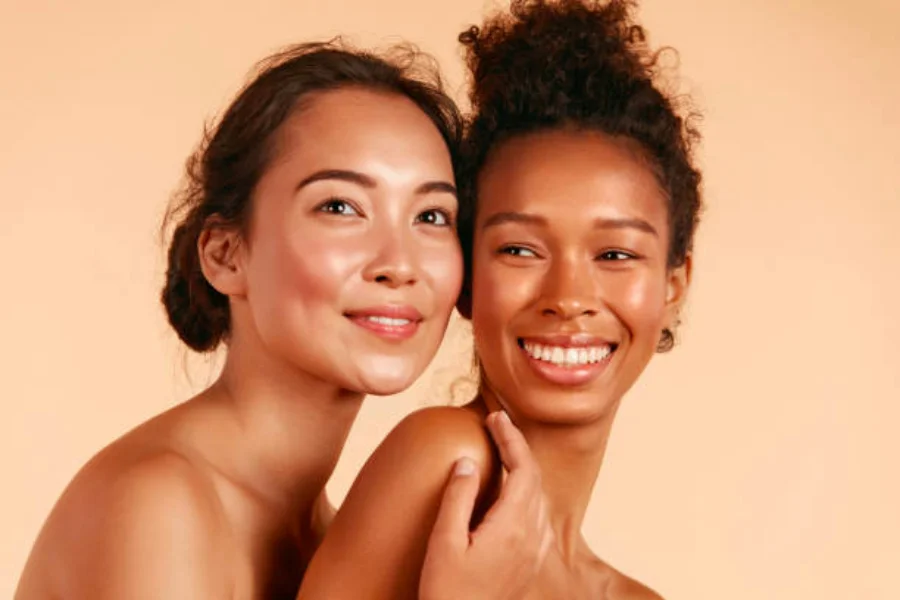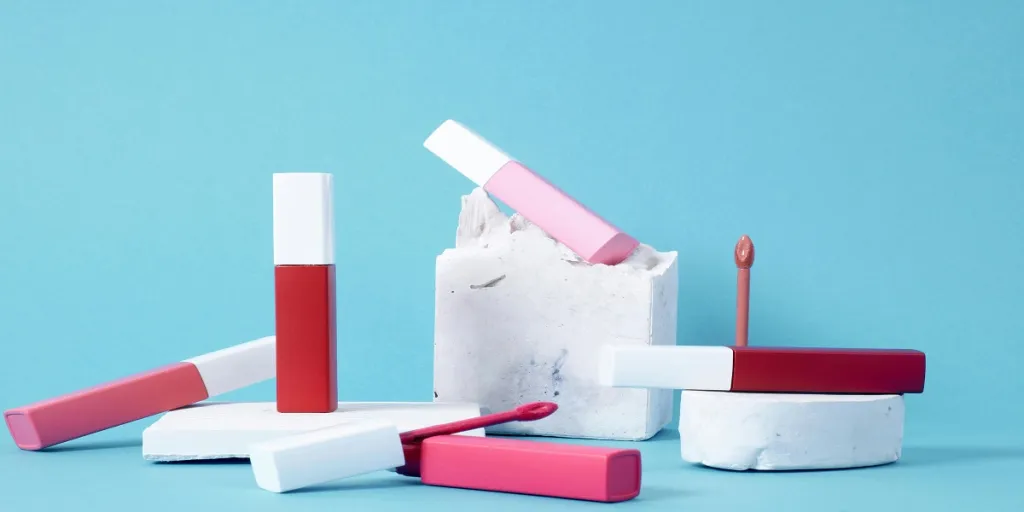With growing inflation and the cost of living rising worldwide, people are looking to make their dollar—or yuan, yen, etc.—go further. It means that businesses need to adopt strategies to retain their market share in the face of decreasing disposable income earmarked for non-essential purchases.
This means focusing on key strategies in the beauty industry that give consumers the best deal for their hard-earned money. Read on for an in-depth breakdown of how your business can remain relevant even in troubling times.
Table of Contents
The effects cost of living has on the beauty industry
5 Important beauty strategies to watch
Stay relevant during inflation
The effects cost of living has on the beauty industry

In 2022, the Office for National Statistics reported that 89% of the residents in the United Kingdom say their costs of living have increased. As such, it’s noticeable that many consumers have less attention to their non-essential purchases.
Not only in the UK but also in the United States, 52% of adults said they were experiencing higher financial stress levels in 2022 than in the previous year. Some consumers say they are buying fewer beauty products. Also, 1 out of 10 people says that they have given up their beauty routine due to rising prices according to Avon UK.
Today, consumers are either refusing to buy beauty products or looking for cheaper but effective alternatives. That’s where businesses can fish for opportunities. Here are five essential strategies you ought to watch amidst waning purchasing intent for high-priced beauty items.
5 Important beauty strategies to watch
Embracing dupes
People want quality and safety in their purchases but many cannot buy products from high-end brands nowadays. So, effective beauty products available at lower prices are becoming more enticing to many consumers.
These products are commonly called “dupes,” which offer about the same quality as top brands but are cheaper. Note that they aren’t knockoffs and fakes—they are comparable substitutes to mainstream brands.
What to do
People are looking for products that promise good performance. So, as you adopt this strategy into your business, it’s essential to emphasize the products’ efficacy.
You may highlight the items’ shelf life, cost per usage, and full ingredients list. Concealers and lipstick are great examples where you can practice this.
Product comparison is a key factor in this strategy, so you want to fully stress the edges of your products against other items on your brand and your competition. You can also build a “good, better, best” range to give people more alternatives depending on their budget.
Community and transparency

People do know that creating sustainable supply chains costs a lot, and more so in ensuring that each product made is of high quality. So, communicating with your customers can be fruitful, especially when you put transparency at the forefront of your business.
Increasing prices to maintain quality and maintaining prices by changing your product formula are two different methods to address rising manufacturing costs. Whichever you choose, it’s crucial that you communicate to your customers clearly why you picked such a decision.
What to do
Present facts regarding any price changes you’ve made. For example, you want to communicate why you chose synthetic materials instead of natural-derived ones in your perfumes.
Consumers can use their devices to access information online easily. They are aware of manufacturers’ rising costs as inflation hits the economy. The key is that you communicate with them transparently.
You can also give out coupons, discounts, and other perks to counterbalance the price increases. They also love it when they receive personalized offers, which you can create using the data gathered in your loyalty program.
Meeting values

Many consumers are torn between sustainable products and lower-priced non-sustainable alternatives. As they prioritize a money-saving mindset, they tend to switch to the latter type. But why can’t products be sustainable and cheap at the same time?
Sustainable products are cheaper on the outlook, but this thinking needs to be communicated more. For example, beauty products that don’t need water can help save consumers some money on their utility bills. Longer shelf life and efficient cost-per-usage ratios are other similar aspects.
What to do
Communication is key in this strategy, and you want to emphasize your products’ sustainable benefits fully. You should focus on three aspects: extended shelf life, cost per usage, and recycling programs.
Consumers don’t want waste, which isn’t friendly to both their pockets and the planet. Ensuring that every ounce of the product gets used up is therefore essential. This hits the need for extended product lifespan, guaranteeing that the products don’t expire unused.
Hygiene for all

Did you know that 69% of the teachers in the U.S. noticed children with bad hygiene in 2021? As the cost of living rises, some parents can’t provide for their children’s basic hygiene necessities like shampoo, soap, toothpaste, and deodorant.
This calls for family-friendly products—those that can be used by every family member regardless of gender and age. Since the entire household can use the items, the need for multiple purchases with varying prices fades away.
What to do
Offer family-friendly products in family-sized portions. Because many people will be using the product, it’s important that the amount also lasts long. Adding all-in-one formats like shampoo and conditioner hybrids is a popular option.
Also, consider the age range of your products. For example, you want to utilize easy-to-use containers to provide convenience to the young and elderly of a family. Using easily recognizable packaging is another key step.
Affordable indulgences

As financial issues arise, stress may also be more frequent among many individuals. This increases the importance of self-care and the products that go along with it. While people want to indulge themselves in self-care, they also consider that their purchases have to be wise and affordable.
A good example of this is their choice of multi-purpose tint, which can be used on their lips, cheeks, and other parts of the face. Some consumers love to get mini sizes of their favorite fragrances and cosmetics.
What to do
Offer products in smaller portions, allowing your customers to enjoy their beloved items at lower prices. If you’re selling fragrances, you can offer decants and travel-friendly sets. You can also add relaxing scented candles and aromatherapy oils to your collection as they are bound to be popular in the upcoming years.
Refillable formats are also worth considering. Premium skincare and fragrances bought in refillable pouches allow people to indulge themselves at more affordable levels. Ensuring beautiful packaging is also essential as they offer a luxurious feel at lower prices.
Stay relevant during inflation

Inflation and rising living costs make it hard for people to include beauty products in their budgets. Even so, there are strategies that you can use to offer these beauty items at prices that they can accept.
From offering cheaper but effective alternatives to providing affordable indulgences, these five strategies will help your business stay relevant during inflation.




